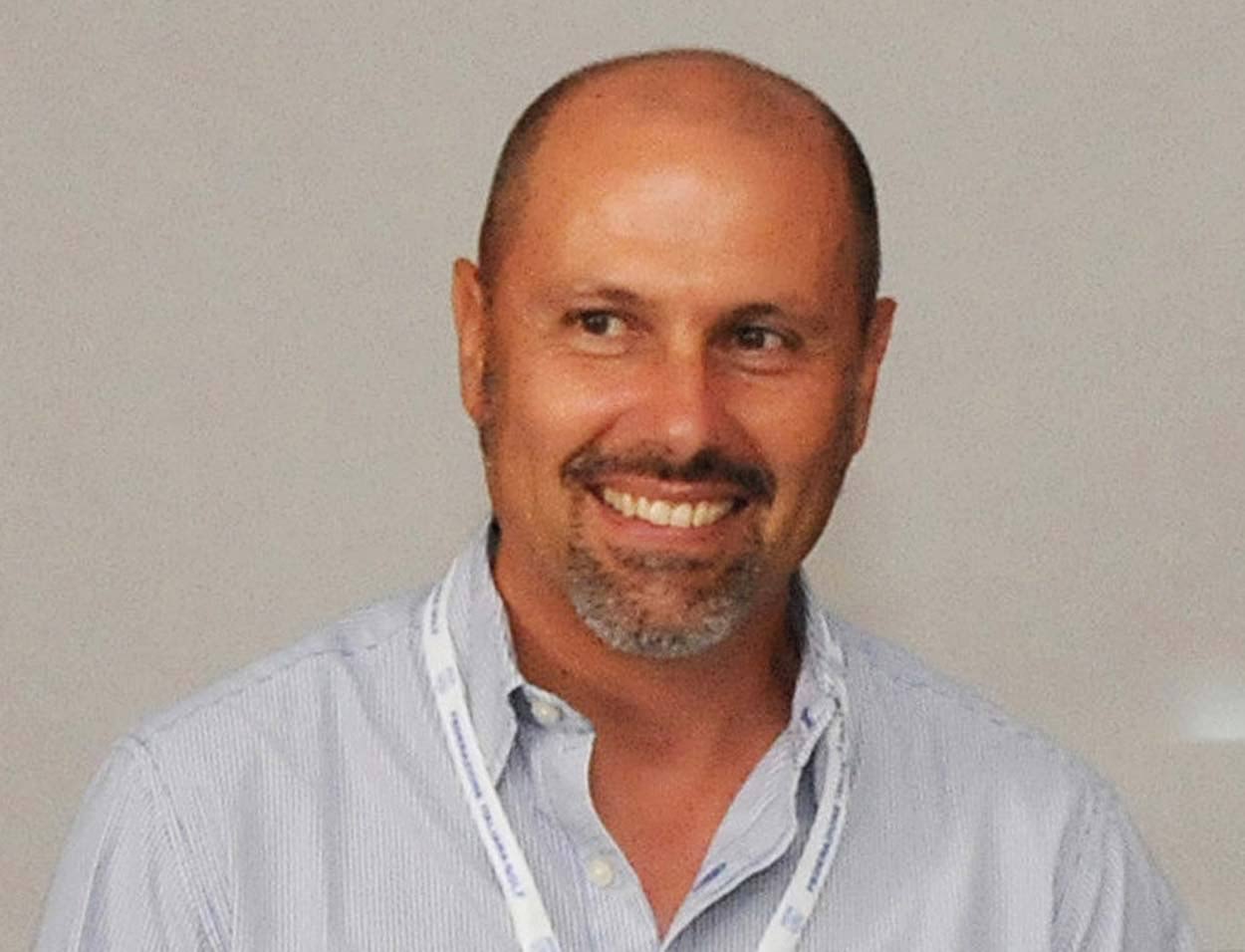Interviewing Alessandro De Luca
Interview to Alessandro De Luca, responsible for grass surfaces for the Italian Golf Federation
Interview to Alessandro De Luca, responsible for grass surfaces for the Italian Golf Federation
Can you explain to our readers what your role is in the FIG, the Italian Golf Federation?
The Italian Golf Federation has its own Federal Technical Centre which, amongst its various activities, also holds training courses for Superintendents, that is, technicians in charge of the construction and maintenance of golf courses. Training is carried out by the Grass Surfaces Section which I have been working with since 1991 and, since 2004, acting as Coordinator. The idea behind starting these courses was based on the assumption that, if a golf course is constructed well and is then maintained correctly, it is possible to optimise its running costs quite significantly, it can have a beneficial impact on the environment and, above all, improve the quality of play. The Section’s activities, however, are not limited to just training: along with my colleagues (two agronomists and a Natural Sciences graduate), we provide assistance to golf courses, take part in research work in collaboration with various universities and carry out a host of activities aimed at promoting the environmental aspects of golf courses.
When you visit golf clubs in Italy and around the world, what are the most common problems you encounter with the courses?
The most important aspect of golf course management is obviously the grass maintenance, particularly that of the greens. A complex setting such as a golf course, however, includes many other aspects, such as water systems management, the equipment and machinery available, trees and woodland, the roads and paths network and, as far as the actual game is concerned, the bunkers, obstacles formed by depressions filled with sand dotted around the course. And while we are on the subject of bunkers, it is extremely important that their edges are well defined, their drainage system works perfectly and the sand is always well-raked and clean, which means no growth or foreign bodies such as stones, silt or other unwanted materials. In fact, it is no coincidence that the correct maintenance of these particular surfaces is one of the most challenging aspects.
After one year since the intervention using Mapei technology, what sort of feedback have you received from your Superintendent?
It is precisely in consideration of the amount of work required to maintain bunkers correctly that research is pushing heavily towards the development of systems that enable bunker management to be rationalised. This is why this particular issue was included in the “Biogolf Case Study”, a ground-breaking project for this sector launched in January 2015 at Montecchia Golf Club, which involves an approach to golf course management that takes into account the requirements of bio-agriculture. Apart from the invaluable support we have received from Montecchia Golf Club, the research project is being conducted in collaboration with the Grass Surfaces Section of the FIG, the Istituto per il Credito Sportivo (Institute for Sports Credit), the main Italian environmental organisations and the Universities of Bologna, Padua, Pisa and Turin.
And in 2016, in collaboration with Mapei and the construction company Battistella Golf, the bunker problem was tackled by testing three different construction techniques with the aim of maintaining the quality of the sand and the efficiency of the drainage system over a period of time. We have been constantly monitoring their condition for over one year, and one of these systems seems to very promising.







